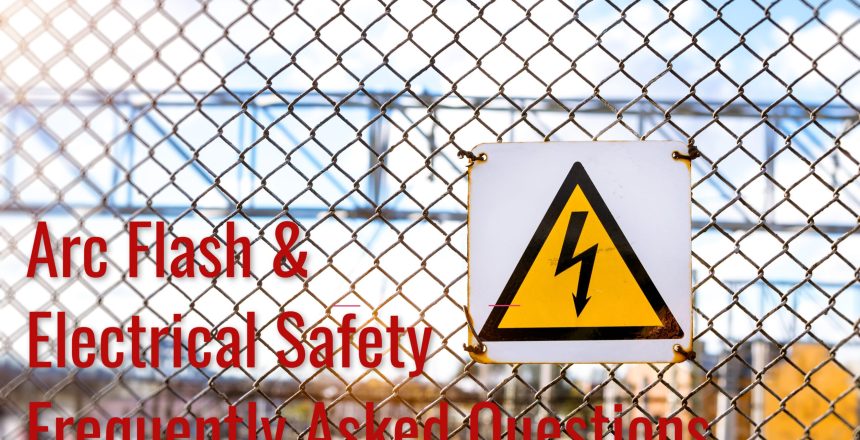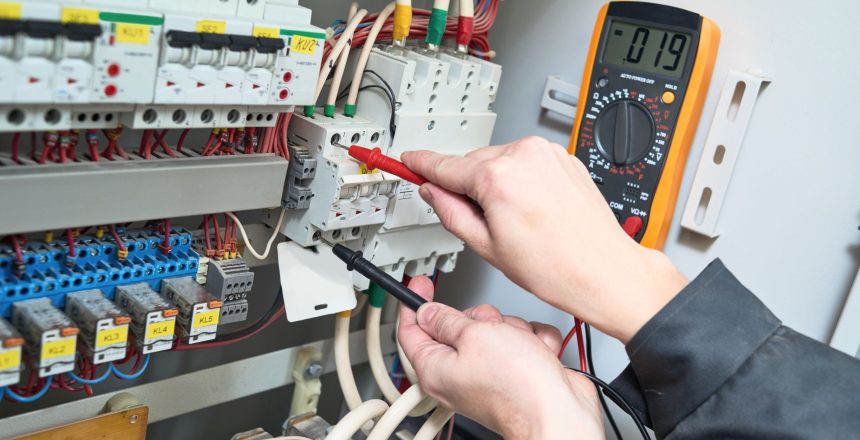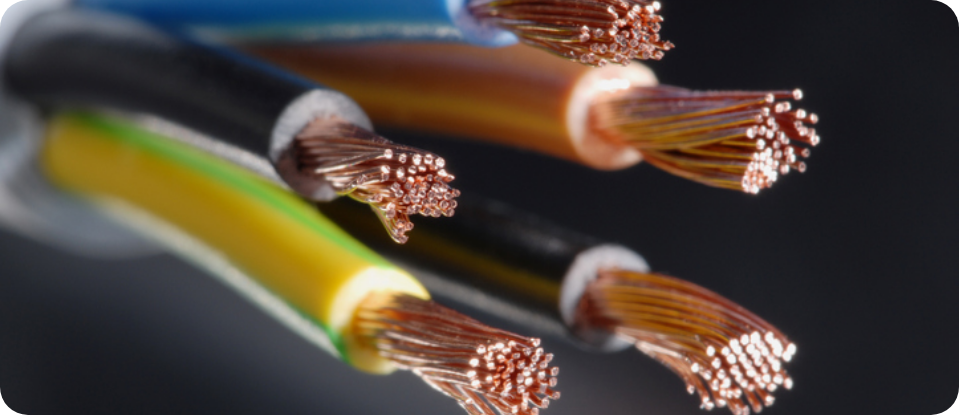By: Jim Phillips, P.E. Founder: Brainfiller.com and Associate Director: Electrical Safety UK, Ltd.
As someone who has been in the electrical industry for four decades and very involved with the leadership and development of both International and U.S. electrical safety standards, I receive my fair share of questions. Here are a few questions that I am regularly asked and thought I would pass them along.
IEEE 1584, IEEE Guide for Performing Arc Flash Hazard Calculations defines incident energy as: “The amount of thermal energy impressed on a surface, a certain distance from the source, generated during an electric arc event.”
It is a value that the industry uses to quantify the severity of the thermal hazard of arc flash in terms of calories/square centimeter (cal/cm2). This is used to select adequate arc rated clothing and personal protective equipment (PPE).
Most people use the international standard IEEE 1584 for arc flash calculations and most software is based on this standard as well. There are one or two alternatives but from my experience, this method is used globally with a few exceptions. I continue to travel the globe (before last March) teaching how to perform arc flash studies based on IEEE 1584 although at the moment it is all via live streaming.
The short answer is – Yes. The incident energy listed on arc flash labels is derived from calculations using IEEE 1584. It is quantified in terms of cal/cm2 with 1.2 cal/cm2 being the generally accepted value where the onset of a second-degree burn may occur and is the threshold where arc rated clothing and PPE is required.
Although many different variables are used to predict the prospective incident energy, the two most significant variables are the short circuit current and the arc flash duration. The duration is normally defined by how long it takes an upstream protective device to interrupt/disconnect during an arc flash. If the arcing current is lower than the time it takes a protective device to trip instantaneously, then the device may time delay which can greatly increase the total incident energy. This occurs more frequently at main service entrance equipment where the upstream device is from the electric utility company.
Another location could be on the secondary side of transformers. These cases are easily identifiable by reviewing the results of an arc flash study. When you see large value of incident energy, take a look at the associated arc duration. In most cases it will likely be greater than 5 or 6 electrical cycles which indicates the device would operate in the time delay region. Modifying the device settings or using auxiliary protection to temporarily reduce the clearing time can greatly reduce the prospective incident energy.
The best solution is to not work on equipment that is energized. As NFPA 70E describes it, place the system into an electrically safe work condition. If the hazard is eliminated according to a risk assessment’s hierarchy of risk control, then there is no arc flash hazard. However, there still may be cases where energized work is necessary and, in those cases, yes arc rated PPE can offer protection for the worker – if it is selected properly and if it is worn properly – two very big If’s!
However, there is a dilemma in that a system cannot be considered deenergized and electrically safe until it has been tested for absence of voltage. This means a qualified electrical worker must use a properly rated test instrument and get close to what could still be an energized hazard until proven otherwise so PPE is necessary.
I was often asked this question in the early years of arc flash back in the early 2000’s. Two of my predictions have already come true as the envelope continues to be pushed. One prediction is that arc rated PPE will be easier to wear via better comfort and flexibly. We have seen what was a maximum PPE arc rating of 40 cal/cm2 20 years ago, being extended to over 100 cal/cm2 with 65 and 75 cal/cm2 becoming more common.
The second prediction was that newer systems would integrate more remote operation and include various new safety aspects in the design. The future? With every new challenge comes new opportunity and the electrical safety community continues to rise to the occasion.
Whew! Who knew? After decades of living in hotels, airports, conference centers and bouncing around the planet providing training programs and speaking at conferences, in early March 2020 I was grounded. I have been home for over a year which is unprecedented for me. However, that has given me the time to ramp up a studio and broadcast my training programs to people around the globe that otherwise could not attend. That includes many people from the U.K. as well as dozens of other countries. The scheduled live streaming classes are found at https://brainfiller.com/scheduled-classes/ and as of last March when the pandemic began, are broadcast live from Arizona where I live.
Also talk about timing! Before the pandemic began, we started work on our on-demand training platform which has many of my classes that were recorded during the live broadcasts divided into many modules with a quiz and certificates. I offer a few of these classes for free and people from around the world have been taking advantage of the no cost training option. All of the on-demand classes can be found at www.brainfiller.com/learn
If you have questions, you can go to https://brainfiller.com/arcflashforum which is a site that I began in 2007 during the early days of arc flash risk assessments.
To discuss your specific questions about arc flash risk assessments, you can also contact the staff at Electrical Safety UK Ltd to discuss your specific facility’s needs.
Why not read our latest blog here answering the all important question What is an Arc Flash Study?
Jim Phillips, P.E. is founder: Brainfiller.com and Associate Director of Electrical Safety UK, Ltd. He is presently the Vice-Chair of IEEE 1584, International Chair of IEC TC78 Live Working Standards, Technical Committee Member of NFPA 70E, Steering Committee Member of the IEEE/NFPA Collaboration on Arc Flash Research as well as involved with several other other standards. You may contact him at jphillips@brainfiller.com




